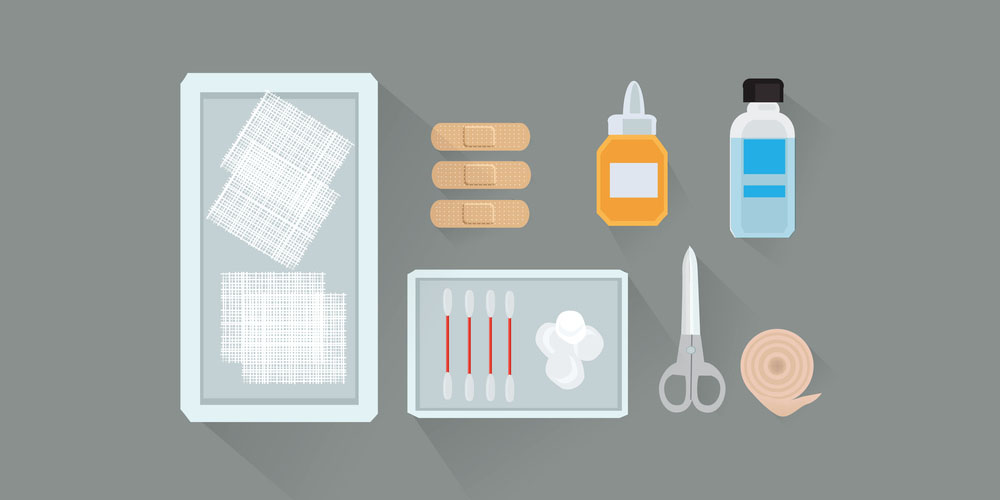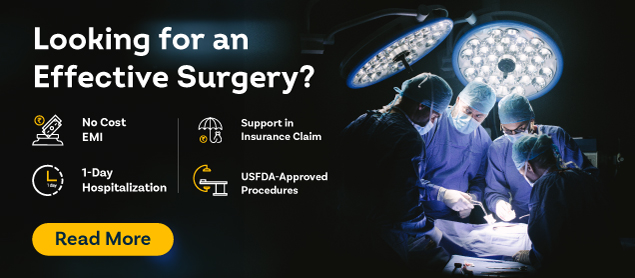
In umbilical hernia surgery, the weakened portion in the navel from where the organ has protruded is put back and strengthened by placing a surgical mesh.
This list of Dos and Dont’s after hernia surgery, can help prepare better for someone who has recently undergone an umbilical hernia surgery or prepped for one in the near future. Apart from this guide, you can jot down all the queries you might have so that you can get it clarified from your doctor.
Table of Contents
Wound Care
Here are a few things that need to be kept in mind before cleaning and dressing the wound. Some of them are-

- Every time before you touch the wounded area, make sure that you wash your hands. Similarly, wash hands after cleaning the wound.
- Follow your doctor’s advice on how many times the dressings need to be changed.
- Make sure you don’t wet the incision area until the stitches or sutures completely dissolve.
- Don’t get worked up if you see a small amount of drainage from the incision. This is normal. However, if you see blood in the drainage consult with your doctor immediately.
- If glue is used to close the wound, let it dry and flake off on its own.
- Don’t wear tight or rough clothes that can rub against the incisions and irritate the wound further.
- The regenerated skin should be protected from direct sunlight. This can cause a burning sensation around the wound.
Daily Activity
| Do’s | Don’ts |
| Engage in daily activities such as walking, climbing stairs, riding as a pillion or passenger. | Lift heavy weights more than 10 kgs for 6 weeks. |
| Work only till you can tolerate the load. If your work involves heavy lifting, resume work only after consultation with the doctor. | Indulge in any kind of strenuous activity for 6 weeks. |
| Avoid operating any heavy machinery. | Drive as long as you feel pain and are on narcotic medicines. |
| Avoid signing any important document. | Drink alcohol. |
Diet and Nutrition After Umbilical Hernia Surgery
At the hospital, the doctor will put you on liquids. Due to the effect of anesthesia, you can feel nauseated or even experience vomiting.
A regular diet usually begins a day after the surgery. The combination of medicines, anesthesia, changes in the diet can lead to constipation. It is important to reduce the risk of constipation.

An attentive eye needs to be paid to the diet and nutrition intake of patients who have undergone umbilical hernia repair.
Begin with the liquid diet after the surgery. Liquid diet includes-
- Soy/almonds/ rice or cow’s milk
- Plain or vanilla yogurt
- Sherbet
- Vanilla ice cream
- Creamed vegetables
- Nutritional drinks
- Pudding
You can gradually shift to a normal diet which should include lots of fiber so that the risk of constipation is reduced. Here is a list of food that needs to be eaten after the surgery-
- Fruits- apples, mangoes, bananas, oranges, berries, pears
- Vegetables- carrots, avocado, beets, artichokes, brussels sprouts, sweet potatoes
- Beans and legumes- kidney beans, green peas, chickpeas, lentils, split peas
- Grains, nuts and seeds, oats, quinoa, almonds, pistachios, mustard seeds, pumpkin seeds, walnuts, chia seeds.
If you want, you can eat moist, cooked poultry but avoid meat products that have high-fat content.
Avoid food that can lead to gas that can cause abdominal pain, such as:
- Cabbage
- Corn
- Cauliflower
- Broccoli
- Cucumber
- Capsicum
You should also pay attention to how you eat your meals. Some things to consider are-
- Avoid overeating and overfilling as this can contribute to postoperative pain.
- Eat smaller portions more frequently (six to eight times).
- Chew your food thoroughly and hence, eat your food slowly.
- After eating, sit upright for at least half an hour.
- For six weeks after the surgery, don’t drink caffeinated drinks.
- Also, limit the consumption of alcohol, citrus, and tomato-based drinks.
- Don’t drink using a straw as this can strain the wounded area.
Relief from Pain
An umbilical hernia can be repaired either with open surgery or laparoscopically. Our doctors believe that a patient can experience pain after an umbilical hernia repair mainly due to the following problems-
- Mesh doesn’t fit in- As it is a foreign object, the mesh placed in the weakened area can cause inflammation as well as discomfort. The mesh doesn’t blend in properly in the body and can cause pain. Sometimes it can rub against muscles or nerves.
- Affected nerves- Any major nerve in the abdominal area can get caught in the suture or mesh and result in immense pain.
Someone who has undergone laparoscopic hernia repair, they can feel pain in the shoulders. This is due to the carbon dioxide gas that is inserted to inflate the abdomen during the procedure.
If you have a medium pain, then moving and walking can soothe out the shoulder pain. But if you have severe pain such that it becomes unbearable, then call your doctor without further delay.
Relieving pain with medicines
Doctors generally prescribe non-steroidal anti-inflammatory drugs (NSAIDs) such as ibuprofen acetaminophen to treat mild pain or inflammation. However, there can be some minor side effects such as stomach upset, bleeding in the digestive tract and difficulty to retain urine.
For severe pain, narcotics are recommended. Some common side effects of narcotics are sleep-deprivation, low blood pressure/heart rate and breathing rate. There can be incidences of skin rash, itching, constipation, nausea and difficulty while urinating.
Relieving pain without medicines
- Distract yourself by engaging and shifting your focus in other activities such as listening to music, playing games such as sudoku.
- The cushion is the best buddy for every umbilical hernia patient who has undergone surgery. While coughing or any movement, use a pillow to cover the area.
- Guided imagery is another way. This helps to control the emotions and fight your pain. Simply close your eyes and try to imagine the beauty around you so that you feel calmer.
When To Call The Doctor?
If you have mild pain while moving, then it’s normal. Avoid any activity which you think can be a bad idea. It is important that you listen to your body. For severe pain or vomiting that won’t stop, call your doctor immediately.
Want to add something in the above list? Drop your suggestion in the comment section below!
Also Read: Umbilical hernia in adults and other Related Problems

















I want to know that after how many weeks of laproscopic hernia sergery one can resume drinking and smoking.